Louise Talma, a composer whose music combined a Neo-Classical spareness, clarity and lyricism with the structural rigorousness of the 12-tone school, died on Tuesday at Yaddo, the artists' colony near Saratoga Springs, N.Y., where she was composing a song cycle with chamber accompaniment. She was 89 and lived in Manhattan.
Ms. Talma's opera, ''The Alcestiad,'' a collaboration with Thornton Wilder, became the first work by an American woman to be presented by a major European opera company when it had its premiere at the Frankfurt Opera in 1962. In 1974, she became the first female composer to be elected to the American Academy of Arts and Letters.
A prolific composer who was especially adept at text setting, Ms. Talma wrote dozens of song cycles and choral works on both sacred and secular subjects. She also created a catalogue of colorfully scored chamber works and piano pieces, several of which have been recorded, most notably on a 1987 collection of her works on the CRI label, and on an earlier recording made by the Musical Heritage Society. These include ''Four-Handed Fun'' (1939), a light-spirited piano duet, as well as a set of sharp-edged bagatelles (1955) and the hauntingly beautiful ''Ambient Air'' (1983), a set of vivid evocations of nature for flute, violin, cello and piano.
Louise Juliette Talma was born in Arcachon, France, on Oct. 31, 1906, to American parents who were both professional musicians. She grew up in New York City, and studied chemistry at Columbia University while at the same time studying the piano and composition at the Institute of Musical Art, the predecessor of the Juilliard School. She also earned a music degree at New York University and a master of arts degree at Columbia.
As a student, she won prizes both as a pianist and for her compositions, and her ambition at first was to be a pianist. Between 1926 and 1935, she spent her summers studying with Isidore Philipp in France. In 1928, however, she began studying composition with Nadia Boulanger in Fontainebleau, and by 1935, Boulanger persuaded her to devote herself fully to composition. She continued her formal studies with Boulanger until 1939, and later became the first American to teach at Fontainebleau.
Boulanger's influence can be seen in the carefully etched Neo-Classicism of Ms. Talma's earliest works. In the early 1950's, she began using 12-tone techniques, principally as a way of creating themes rather than as an escape from conventional tonality. Yet lyricism and a sense of a tonal center remained crucial elements of her work, as did an approach to instrumental coloration that alluded to the styles of Ravel and Messiaen and often seemed to have more in common with the French style than with contemporary American works.
Ms. Talma taught at the Manhattan School of Music in the late 1920's, and at Hunter College for more than 50 years. She wrote ''Harmony for the College Student'' and was the co-author, with Robert Levin and James S. Harris, of ''Functional Harmony.'' She was a board member of the League of Composers, the International Society for Contemporary Music, the Fontainebleau Arts Association and the American Music Center.
No immediate family members survive.
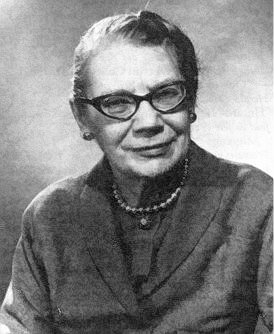
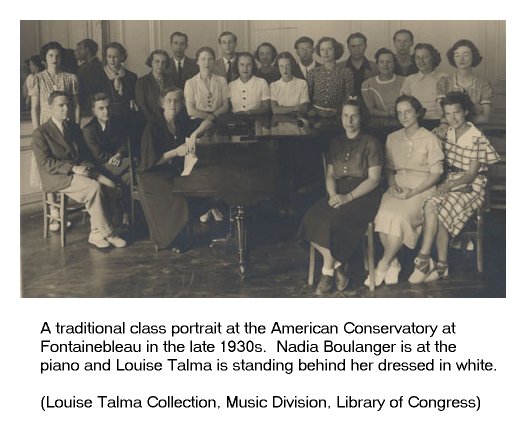 LT
LT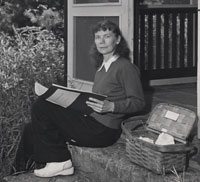 BD
BD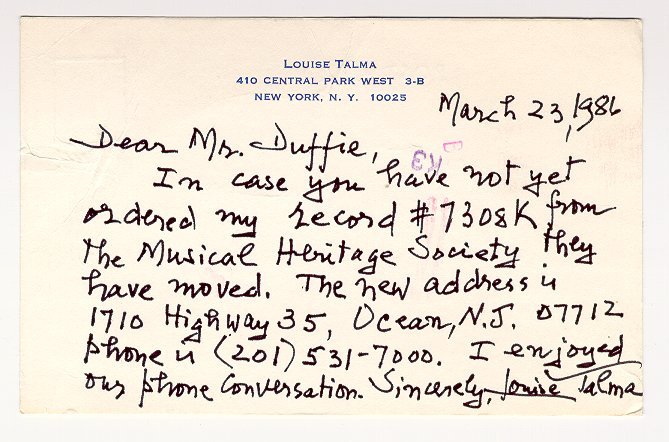
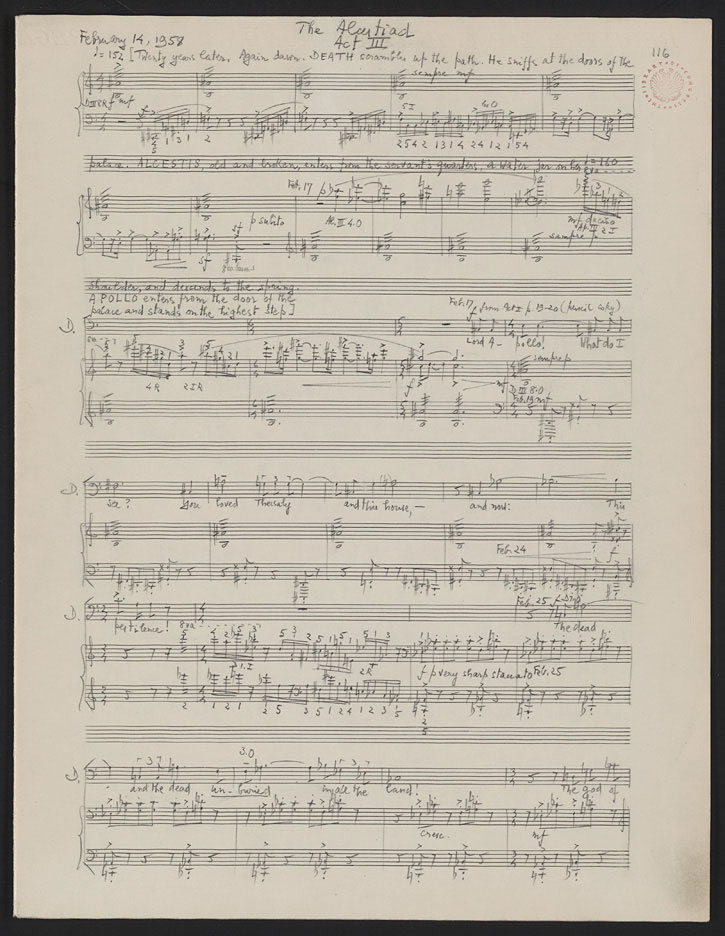 BD
BD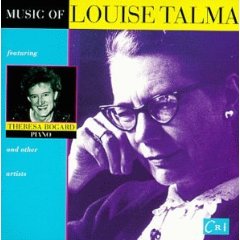 LT
LT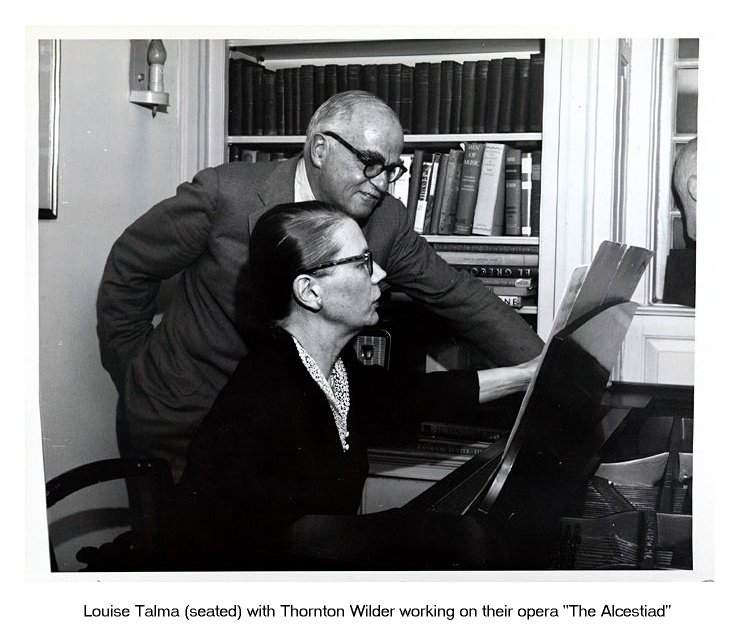 BD
BD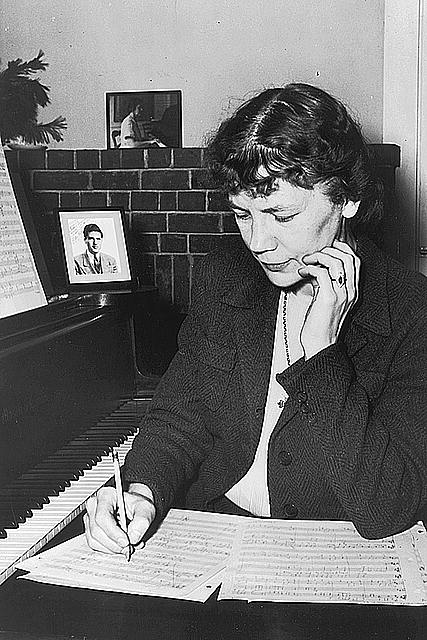 LT
LT